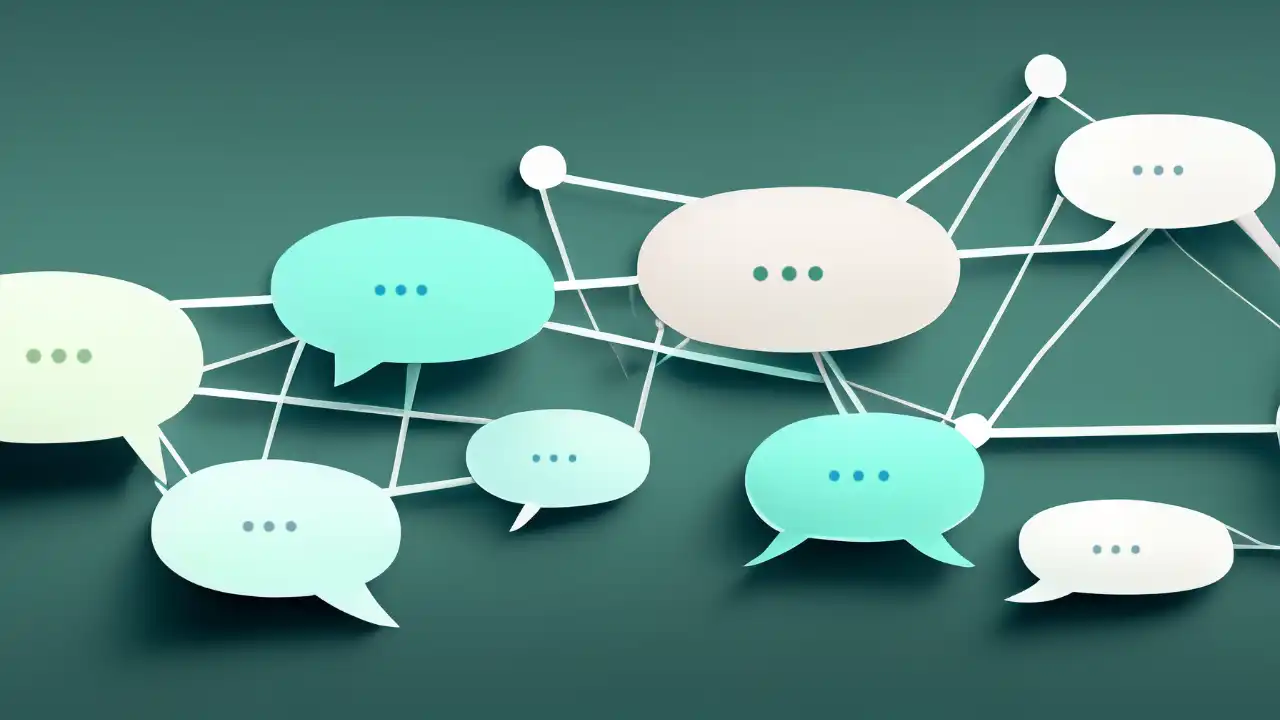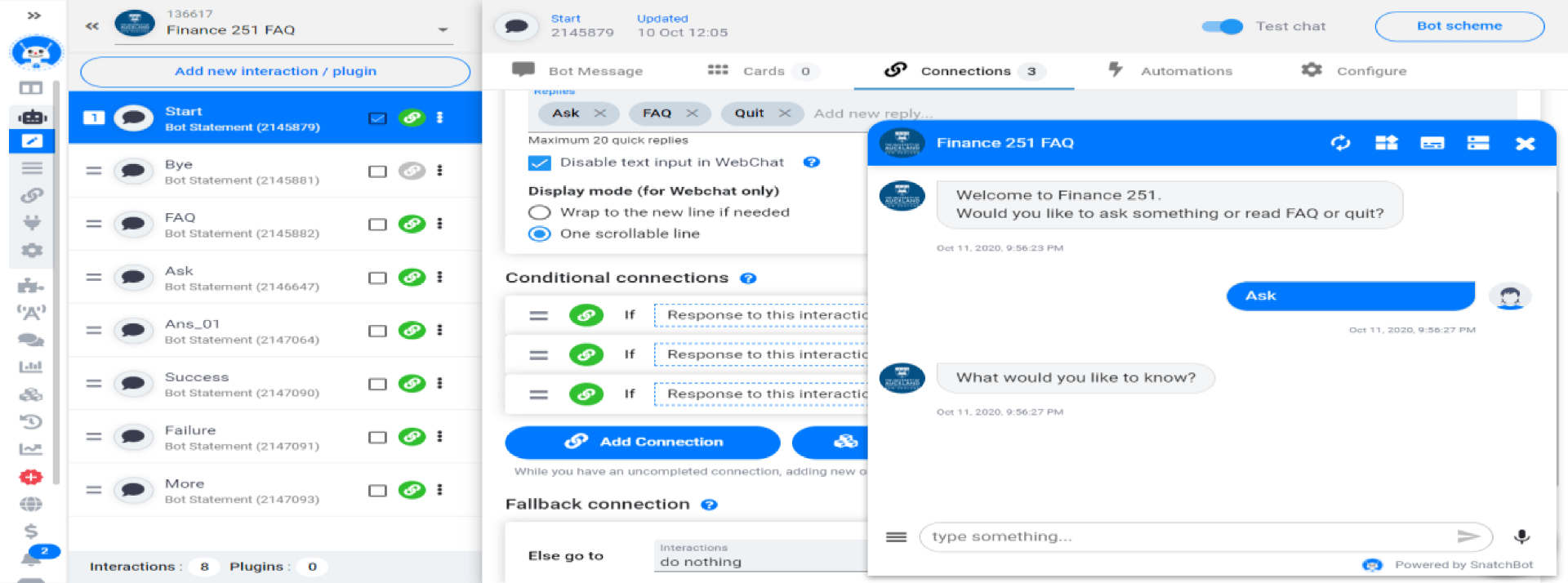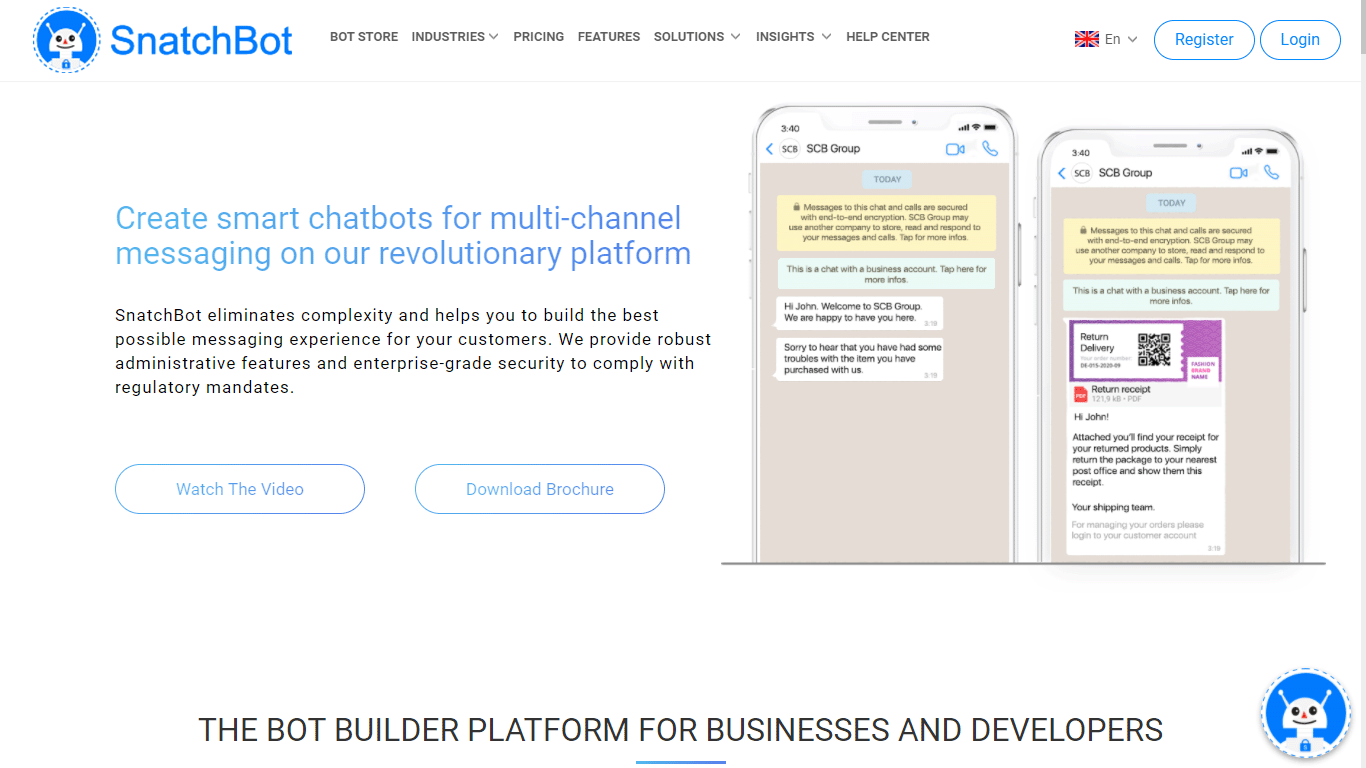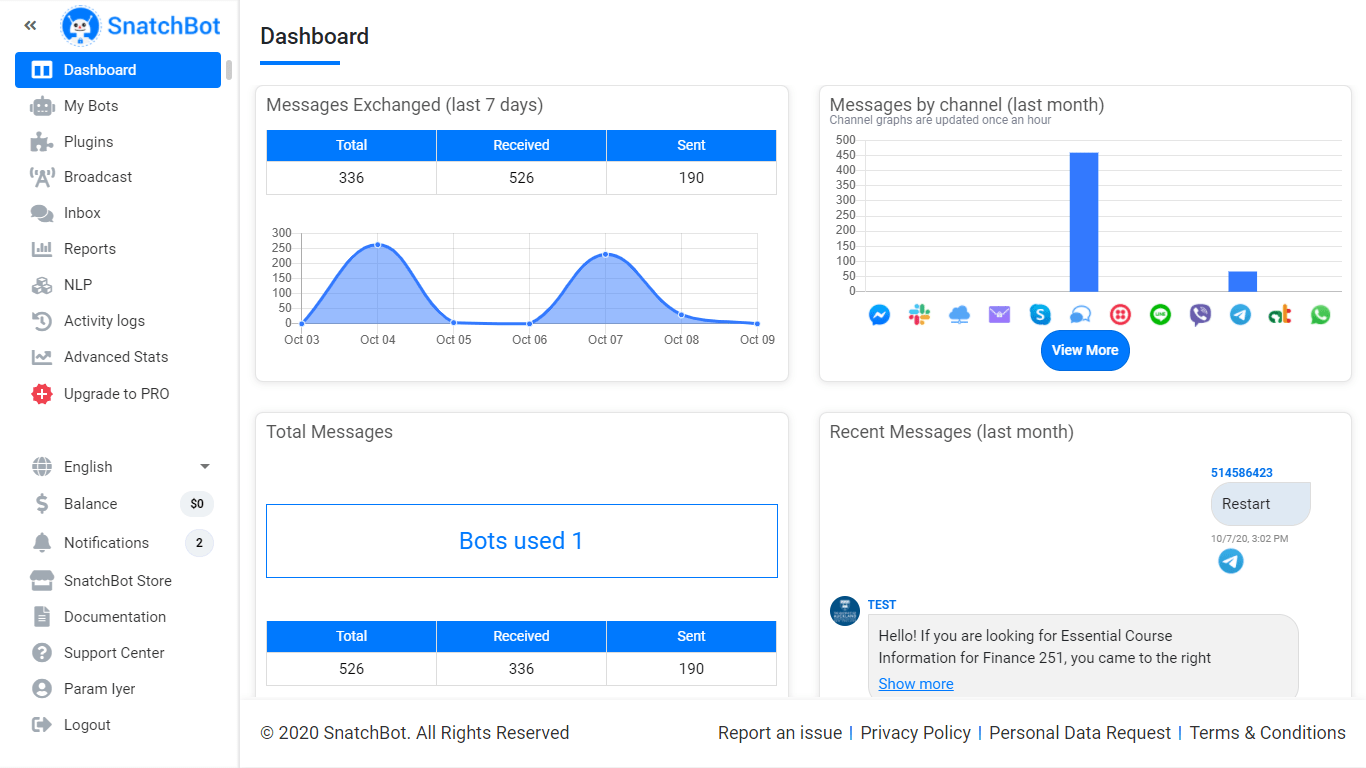Exploring chat-bot technology to help with student queries

Following extensive research on educational chat-bots, Dulani used SnatchBot software to develop three bots, each serving a different purpose, for two large undergraduate Finance courses. Can chat-bots be successfully used to engage large cohorts, tackle student queries and improve accessibility to learning?
Background
In the fast-paced world of education, teachers and graduate teaching assistants frequently get caught up in repetitive administrative tasks, which can hinder their capacity to focus on improving learning experiences for students. Additionally, challenges like social distancing due to COVID-19 restrictions, and the varied needs of students, including those facing language barriers, emphasise the importance of boosting engagement and simplifying administrative process.
Given the wider role chat-bots play in customer service sectors, Dulani wanted to incorporate that technology to streamline student queries and elevate interactions. After researching educational chat-bots, Dulani developed and programmed her bots using SnatchBot software.
Design challenges and process
Three chat-bots were developed, each to tackle a different challenge:
- Chat-bot 1: Tailored to handle frequently asked questions (FAQs), freeing up staff to engage with students more meaningfully, and delivering real-time responses.
- Chat-bot 2: Crafted to address common concept-related questions from students, fostering in-depth discussions with teaching staff, pinpointing typical errors, and nurturing subject-specific dialogues.
- Chat-bot 3: Empowered to provide lecture notes, page references, and section headings in an accessible large font for students with visual impairments. It also manages inquiries about grading and the UoA Graduate Profile, benefiting a diverse range of students, including disengaged learners, remote students, and those with disabilities.
Implementation and evaluation
From a student’s perspective, this chat-bot is a reliable companion, providing vital course information, facilitating course navigation, and delivering timely reminders of assessment deadlines in an engaging, human-like manner.
What worked well?
Benefits of using SnatchBot include:
- Easy registration for a free account (only requiring email validation).
- A web-based interface that eliminates the need for downloads.
- Cloud-based storage, removing the requirement for infrastructure.
- An intuitive interface for creating interactions and connections.
- The ability to offer predefined response options or free-text input.
- Support for embedding videos and images within responses.
- The ability to add delays between messages, mimicking natural conversation flow.
- The option to select synonyms based on expected inputs.
- The provision to extend conversations using Natural Language Processing (NLP) features.
- An option to export bot designs for backup.
What would be done differently?
A key limitation is the pricing model, which is based on the number of queries asked. Dulani has been actively seeking additional funding to expand the capacity for student queries using this software.
SnatchBot also has other limitations:
- Lack of support for rich text-based responses (fonts, colors, bold, etc.).
- Absence of options for displaying responses in a table layout.
- No visual interface for linking interactions.
- The inability to host on-premise (if privacy reasons necessitate it).
- Unforeseen behavior on other communication channels, influenced by their specific limitations.
- Substantial testing is required to gather comprehensive student feedback and refine the chat-bots.
References
Crutzen, R., Peters, G.-J. Y., Portugal, S. D., Fisser, E. M., & Grolleman, J. J. (2011). An artificially intelligent chat agent that answers adolescents’ questions related to sex, drugs, and alcohol: An exploratory study. Journal of Adolescent Health, 48, 514–519.
Gulz, A., Haake, M., Silvervarg, A., Sjodén, B., & Veletsianos, G. (2011). Building a social conversational pedagogical agent: Design challenges and methodological approaches. Hershey: IGI Global.



